Face time
In the world of Skype, instant messages and tweets, face-to-face interaction is still the best route to discovery, according to an intriguing study published in December.
Rare or common, inherited or spontaneous, mutations form the core of autism risk.
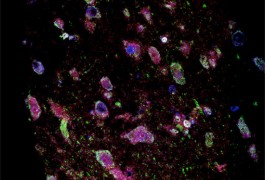
A gene that regulates the conversion of testosterone to estrogen in the brain could help explain why males are more susceptible to autism than are females, according to a study published in PLoS One in February.
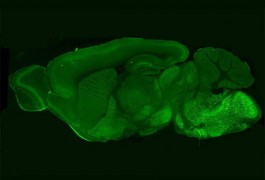
Neuroligin-4, a protein associated with autism, is located at synapses — the junctions between neurons — that inhibit signals in the brain, according to a study published in February in the Proceedings of the National Academy of Sciences. The protein can also single-handedly induce neurons derived from human stem cells to form synapses, according to another study in the same issue.
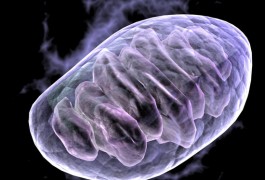
Disrupted-in-schizophrenia 1, or DISC1— a protein associated with both autism and schizophrenia — is involved in the transport of mitochondria, the power-houses of the cell, to their correct locations in neurons, according to a study published in February in Molecular Psychiatry.
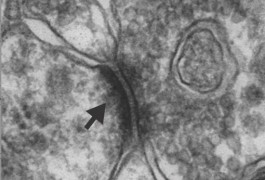
Researchers have created a mouse carrying a deletion in SHANK3, an autism candidate gene, they reported yesterday in Nature. This is the second model of SHANK3 mutations but shows markedly more behavioral and brain defects compared with the first.
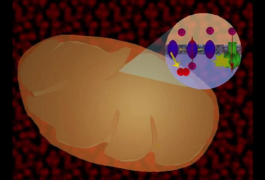
The first study to look at mitochondria — the powerhouses of the cell — in postmortem brain tissue taken from children with autism has found significant abnormalities in their function in some regions of the brain.
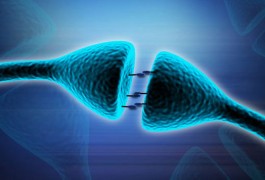
Mutations in a gene that organizes synapses — the junctions between neurons — may increase the risk of autism, according to a study published in February in Autism Research. The study bolsters evidence linking a pathway involved in cell-to-cell communication to autism.
Researchers have extracted and sequenced DNA from 52 postmortem brains from the Autism Tissue Program, providing a resource to study mutations and gene expression differences in the brains of people with the disorder.
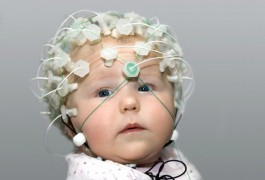
It’s too soon to call it a diagnostic test for autism, but an algorithm that detects patterns in brain waves shows promise as one component of a screening battery for the disorder, say researchers familiar with the work.
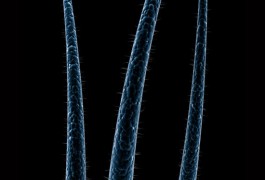
A new technique for creating stem cells from hair may help researchers understand how neurons and the junction between them form.